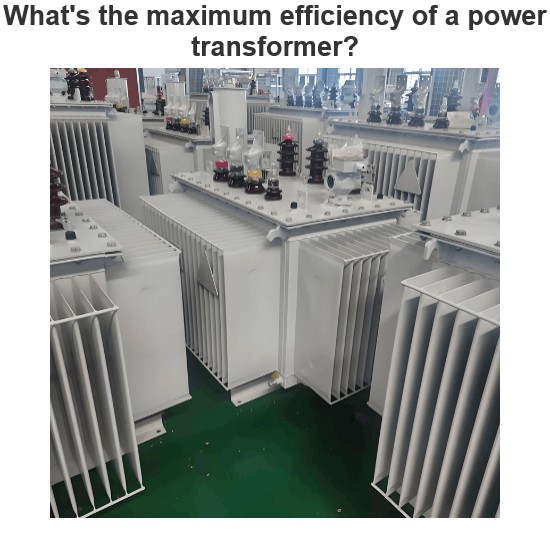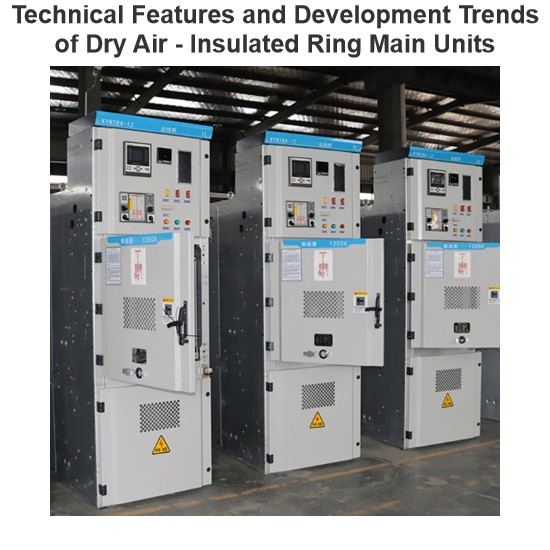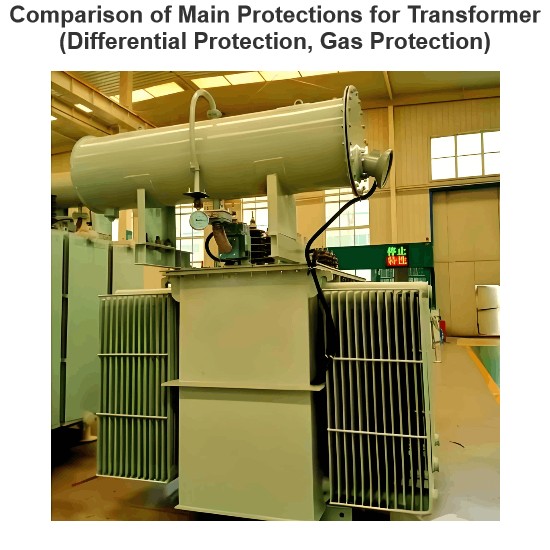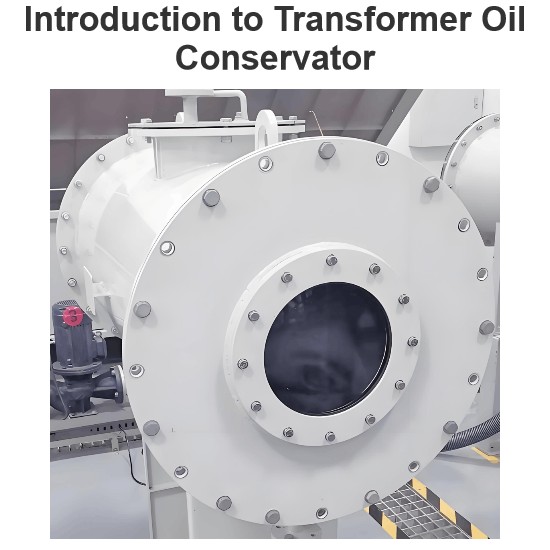Configuration and Cases of Backup Protection for Main Transformer
Main Transformer Backup Protection
The purpose of main transformer backup protection is to prevent overcurrent in transformer windings caused by external faults, serve as backup protection for adjacent components (busbars or lines), and, where possible, act as backup for the transformer's primary protection in the event of internal faults. Backup protection is used to isolate faults when primary protection or circuit breakers fail.
Main transformer zero-sequence protection is a backup protection for transformers in directly grounded neutral systems. It is not applicable in systems with non-directly grounded neutrals.
Common phase-to-phase short-circuit backup protections for transformers include overcurrent protection, low-voltage initiated overcurrent protection, composite-voltage initiated overcurrent protection, and negative-sequence overcurrent protection. Impedance protection is also sometimes used as backup protection.
Analysis of Common Causes for Main Transformer Backup Protection Operation
-
Directional Overcurrent Protection with Composite Voltage Blocking
- Direction towards the busbar: Operation typically indicates a short circuit on the busbar or feeder line where the protection failed to operate.
- Direction towards the transformer: Operation usually indicates a short circuit on a downstream busbar or feeder line where the protection failed. Failure of the transformer's main protection is highly unlikely.
-
Non-Directional Overcurrent Protection with Composite Voltage Blocking
- Generally serves as backup protection for terminal substations.
- On transformers rated 330kV and above, the high and medium-voltage side composite voltage blocked overcurrent protection acts as a large backup, without direction and with a longer time delay, as distance (impedance) protection provides sensitive backup (e.g., the complete shutdown incident at Yongdeng Substation, Gansu, at 330kV).
- If the directional setting on the transformer's medium-voltage side points towards the system, it serves as backup protection, effectively becoming the backup for the medium-voltage busbar protection:
- Segment I: Operation typically indicates a busbar fault. The first time delay trips the bus tie, and the second time delay trips the local side.
- Segment II: Coordinated with line protection; operation usually indicates a failure of line protection.
- Segment III: Serves as backup for Segment II; operation trips all three sides of the transformer.
-
When main transformer backup protection operates to trip and the main protection does not operate, it should generally be considered an external fault—either a busbar or line fault—that has escalated, causing the main transformer backup protection to trip.
-
Neutral Point Gap Protection: Operation indicates a system ground fault.
-
Zero-Sequence Overcurrent Protection:
- Segment I: Acts as backup protection for grounding faults in the transformer and busbar.
- Segment II: Acts as backup protection for grounding faults on outgoing lines.
- The operating current and time delay must be coordinated with the grounding backup stages of adjacent components.
Fault Range Inspection
- After a main transformer backup protection trip, the likelihood of a line fault causing an escalated trip is much higher than a busbar fault. Therefore, the focus after a trip should be on checking whether line protection has operated. For lines above 220kV, special attention should also be paid to whether the protection device itself has failed.
- If no protection operation signals are found on the lines, there are two possibilities: either the protection failed to operate during the fault, or there was a busbar fault.
- If protection operation signals are present on a feeder, disconnect the corresponding line circuit breaker. After confirming no abnormalities in the busbar and transformer trip switches, focus on identifying the cause of the line breaker's failure to trip.
Fault Isolation and Handling
- Based on protection operation, signals, instrument indications, etc., determine the fault scope and outage scope. Print the fault recording report. If the station service transformer is lost, switch to the backup station service transformer first and activate emergency lighting.
- Disconnect all feeder switches on the de-energized busbar. If any are found not to have opened, manually trip them. After confirming no abnormalities in the busbar and transformer switches, charge the de-energized busbar:
- If the high-voltage side switch tripped, use the bus tie switch to charge the de-energized busbar (with charging protection engaged).
- If the medium or low-voltage side switches tripped, use the main transformer switch to charge the busbar (generally, the backup protection time delay should be reduced).
- In substations with a double-busbar configuration, if a busbar fault occurs, use the cold bus transfer method to move the circuit breakers operating on the faulty busbar to the healthy busbar to restore power.
- If isolating the fault point causes the busbar PT to lose power, isolate the PT first, then charge the de-energized busbar. After successful charging, close the PT secondary paralleling switch, and then restore power to the lines.
- If there are no signs of fault or abnormalities on the de-energized busbar and lines, with all feeder switches disconnected, follow dispatch instructions to close the main transformer switch and bus tie switch to charge the busbar. Once charging is normal, disable the line auto-reclose and sequentially test-energize each line to identify the breaker that failed to operate.
- After gap protection operates, if no equipment abnormalities are found, await dispatch instructions for handling.
Case Description
In a 500kV substation, two autotransformers operate in parallel, each equipped with dual protection systems. When a fault occurs on one section of the 220kV busbar or on a connected line, and the corresponding busbar or line circuit breaker (and its protection device) fails to operate correctly, the backup protections of both transformers—such as impedance protection, directional overcurrent protection with composite voltage blocking, and directional zero-sequence overcurrent protection—will simultaneously activate and initiate tripping. The bus tie or sectionalizing switch is disconnected first, ensuring the continued normal operation of the non-faulted busbar sections, thereby limiting the outage area and minimizing the impact of the power interruption.
The specific operation is as follows:
- Upon detecting a fault on the 220kV busbar or line combined with a failure of the circuit breaker to operate, the transformer backup protection system responds immediately.
- The backup protection first triggers the disconnection of the bus tie or sectionalizing switch to isolate the faulted zone and prevent the fault from spreading to other normally operating parts of the system.
- This strategy ensures that, even if the primary protection fails to respond promptly, the remainder of the system remains protected and unaffected, and the extent of the outage is minimized.
This case highlights the critical role of transformer backup protection in power grid operations, particularly in effectively containing the impact of unexpected faults and maintaining the stability and reliability of the power system.
Hello! I'm Leon, with 20 years of extensive experience in the power industry. My expertise spans from power distribution equipment to grid operations and maintenance, grounded in robust hands-on and theoretical knowledge. Currently, I focus on sharing insights into electrical equipment fault diagnosis, demystifying complex technical challenges through accessible explanations. I welcome collaboration with industry peers and enthusiasts to collectively explore the intricacies of the power sector.













